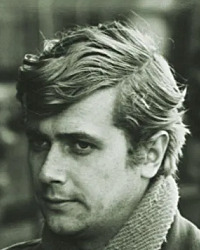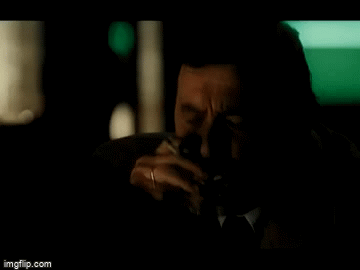#Janusz Gajos
Explore tagged Tumblr posts
Text










Dekalog: Four (1988) | dir. Krzysztof Kieślowski
#dekalog: four#dekalog#krzysztof kieślowski#adrianna biedrzyńska#janusz gajos#artur barciś#tv series#cinematography#screencaps
50 notes
·
View notes
Text
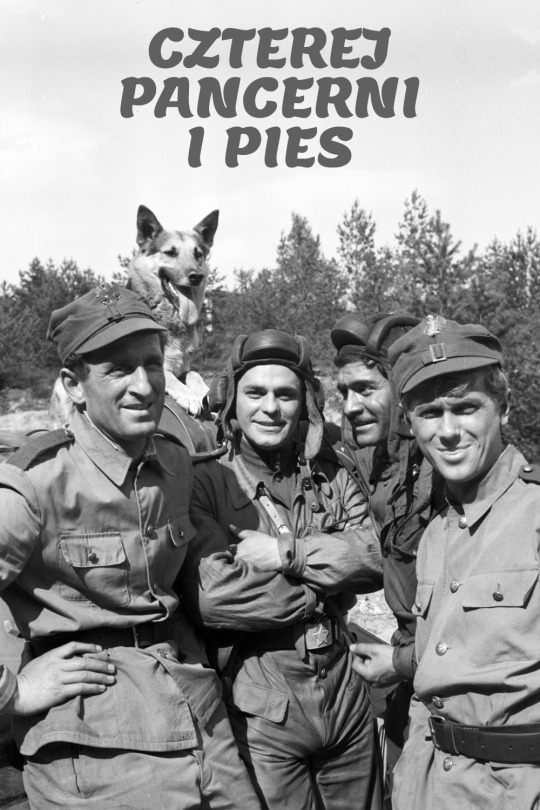
Original title: Czterej Pancerni i Pies.
#tv shows#tv series#polls#four tank-men and a dog#czterej pancerni i pies#janusz gajos#franciszek pieczka#wlodzimierz press#1960s series#polish series#have you seen this series poll
29 notes
·
View notes
Text
Różyczka 2 (2023)
Różyczka 2 (2023) #JanKidawaBlonski #MagdalenaBoczarska #MateuszBanasiuk #RobertWieckiewicz #JanuszGajos #JacekBraciak Mehr auf:
Jahr: 2023 (Oktober) Genre: Drama / History Regie: Jan Kidawa-Blonski Hauptrollen: Magdalena Boczarska, Mateusz Banasiuk, Robert Wieckiewicz, Janusz Gajos, Jacek Braciak, Maria Seweryn … Filmbeschreibung: Nachdem ihr Mann bei einem terroristischen Anschlag getötet wurde, ist für Joanna Warczewska (Magdalena Boczarska) der Alptraum noch lange nicht vorbei: Ein Erpresser droht damit, ein…
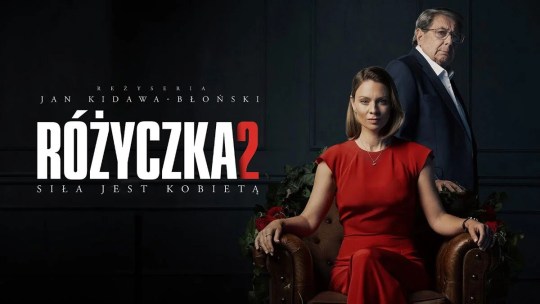
View On WordPress
2 notes
·
View notes
Text
Płynę, ale jak powiada klasyk
Lód nade mną zamarza
1 note
·
View note
Text
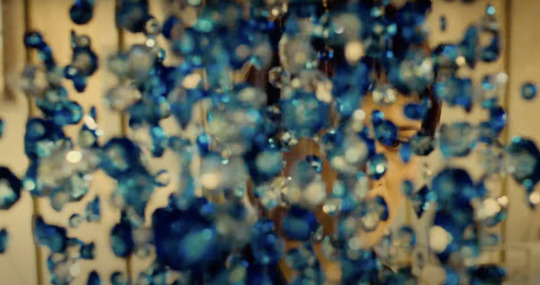
Trois Couleurs: Bleu
Director Krzysztof Kieslowski Stars Juliette Binoche, Benoît Régent, Charlotte Véry France/Poland/Switzerland 1993 Language French, a little bit of Polish and Romanian (with English subtitles) 1hr 38mins Colour Weirder-than-you-maybe-think film about grief
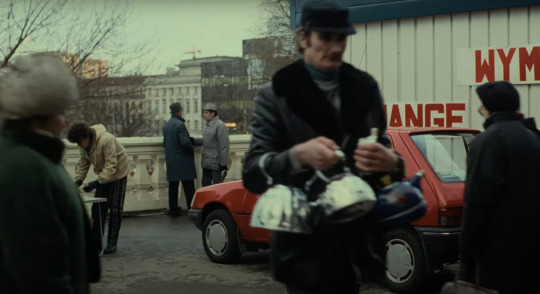
Trois Couleurs: Blanc
Director Krzysztof Kieslowski Stars Zbigniew Zamachowski, Julie Delpy, Janusz Gajos, Jerzy Stuhr Switzerland/France/Poland 1994 Language Polish, French (with English subtitles) 1hr 32mins Colour
Terrific dark comedy about Poland not long after the fall of Communism
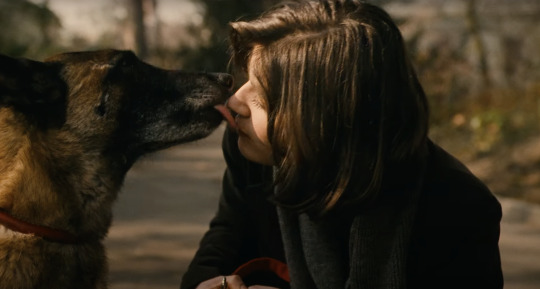
Trois Couleurs: Rouge
Director Krzysztof Kieslowski Stars Irène Jacob, Jean-Louis Trintignant, Jean-Pierre Lorit, some excellent dogs France/Switzerland/Poland 1994 Language French (with English subtitles) 1hr 39mins Colour
Possibly worth it just to hear how ‘chewing gum’ sounds in French
Just thinking about the Three Colours films takes me back to a time of people asking (and expecting the answer to be yes) if you’d read The Shipping News or Miss Smilla’s Feeling For Snow, a pre-fully-fragmented-mediascape time when there seemed to a sort of shared upper-middlebrow culture, or at least among people I knew. And in that mid-‘90s moment, Three Colours was a very big thing.
Apart from anything else, it was a smart piece of marketing, a trilogy announced from the start but not based on anything already existing, all released in a period of just over a year, with a fairly blatant selling point being the idea that each instalment stars a gorgeous French actress (we’ll get back to exact truth of that.)
Here was a hugely respected (if not massively watched) director, Krzysztof Kieslowski, who had laboured heroically under the constraints of Communism and could now make the most of both artistic freedom and French cinema budgets etc. Whatever the reason, the concept certainly caught a mood.
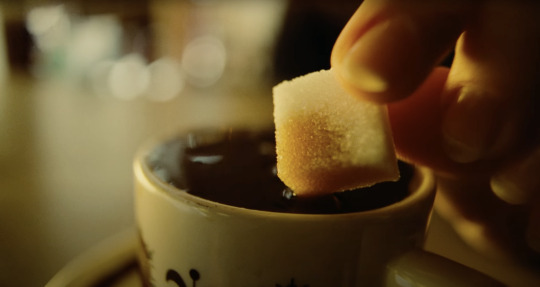
But although there are nice little connections between the films (admittedly much easier to spot when you watch on consecutive nights than months apart), one of them is very much not liked the others, and I’m wondering whether there was a bit of Trojan horsing going on.
Blue (the first one) and Red (the third) are the matching pair, philosophical dramas in which the main character is a beautiful young woman with a dark bob, the action is triggered by a car accident, the dialogue is mostly in French and we’re here to ponder grief, loneliness, morality, mortality and art.
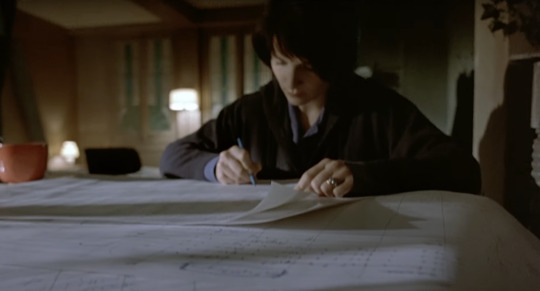
In Blue, Juliette Binoche plays Julie, who has just lost her daughter and her husband, a famous composer.* There are rumours that she was the actual talent in the couple – will she complete his last great work or stick to her attempt at living an anonymous no-baggage life in the middle of Paris?
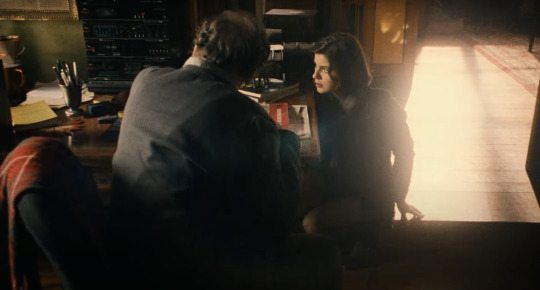
In Red, model Valentine (Irène Jacob) stumbles into the life of a cranky retired judge (Jean-Louis Trintignant) and is both creeped out and sorry for him, and they slowly get to know each other. It takes place in and just outside Geneva.
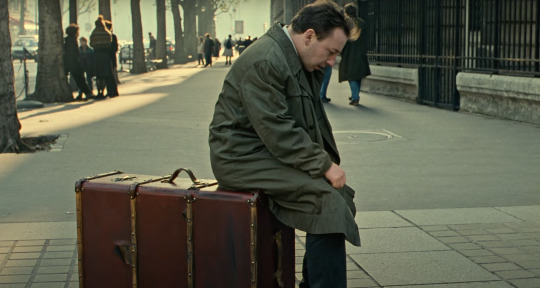
White is not a drama, the main character is not (despite what some of the posters suggest) a beautiful young woman and most of the dialogue is not in French. No, White is a comedy about post-Communist Poland in which the main character is Karol Karol (Zbigniew Zamachowski) a little dumpling of a bloke. The tone, the look, the pace, the casting, are all radically unlike Blue and Red. This is a film in which (spoilers I guess) a man smuggles himself back into Poland by hiding in a suitcase in the hold of an airliner. And while classical music is grandly important in the other two, in White the key musical moments are Karol playing a comb-and-paper. Blue and Red are mood pieces light on plot, whereas White has multiple schemes stacked on top of each other.
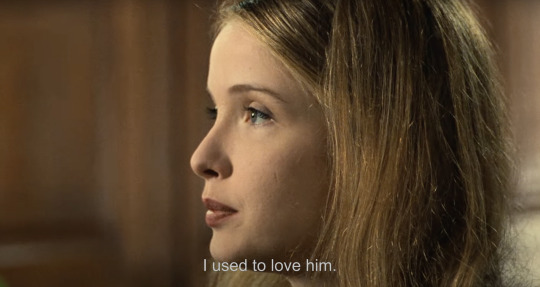
In brief outline, Karol, a talented hairdresser, is divorced by his French wife Dominique (Julie Delpy), ends up homeless and busking in the Paris metro, makes it (just about) back to Poland and (like many of his countryfolk at the time) tries to get rich quick. My take, for what’s it worth, on what we’re seeing is that if you take a country where, in a completely dysfunctional Communist economy people had habitually (and often out of necessity) ignored the rules, when you replace that with a free market, those people aren’t going to suddenly start scrupulously obeying regulations or let tax officials know how many dollar bills they have stashed under the mattress, etc…
Blue and Red remind me of Hirokazu Kore-eda’s 2019 film La Vérité (which, as it happens, also stars Juliette Binoche) – foreign director comes to France (and Switzerland, in the case of Red) and makes something that feels as close as possible to the work of an actual French person. Whereas White is emphatically a Polish film made by Polish people about Poland.
Now, as in 1994, White is easily my favourite of the three. It’s just more my kind of thing, funny and absurd and surprising. But that’s not to knock Blue and Red, both absorbing films that are a fair bit weirder than I had remembered. (Not to mention how full-on 1990s Blue is with all the colour filters used – and this is a good five years before Out Of Sight, for instance.)
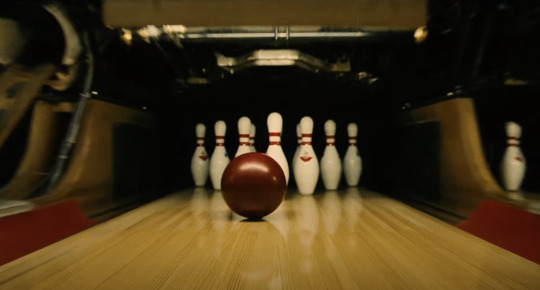
It's the 1990s. so there's a bowling scene, of course (Red)
Red, in particular, is better than it had become in my imagination. I understand why this is – it’s easy in memory to reduce it to ‘pretty girl stirs the heart of old grump back to life’ but the film is stranger and smarter than that. (There’s also an odd subplot that fits more with Kieslowski’s Polish stuff.) And the ending really works for me.
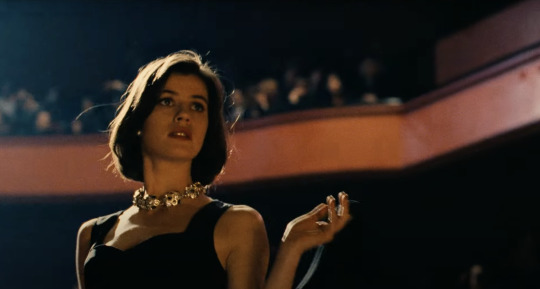
A few stray points: 1) Binoche is only a couple of years older than Jacob, but the trilogy has them at very different life stages. I bumped against this a few times in Blue – at one point her character says, ‘I’m 33’, which on the one hand doesn’t seem old enough for everything that’s meant to have happened in her life and on the other, feels considerably older than she looks. (Binoche was 29 and could easily pass for 25.)
2) The build-up to the car accidents in both Blue and Red gets what British TV viewers will think of as the full Casualty treatment: we’re fully alerted of what’s about to happen. I guess there’s a workings-of-fate notion there, but feels clumsy and unnecessary to me.
3) Love the almost (but not quite) identical scene that happens in each movie.
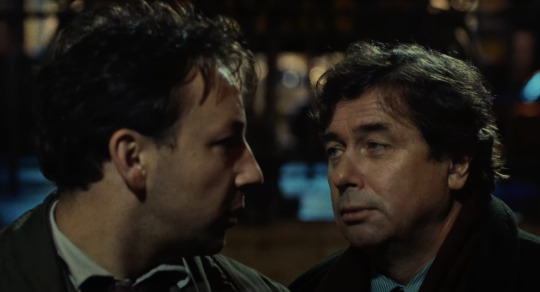
4) Love Janusz Gajos and Jerzy Stuhr as the depressed friend and the brother in White. Also, I should say that Julie Delpy is excellent in the film, it’s just if you’re expecting to see her on screen for the bulk of the running time, you’ll feel shortchanged.
5) These are beautiful films. 6) Look at those running times! That’s how you do it.
7) Do I have any idea at all about the films are trying to say about liberté, égalité, fraternité? Not a Scooby, folks, not a Scooby.
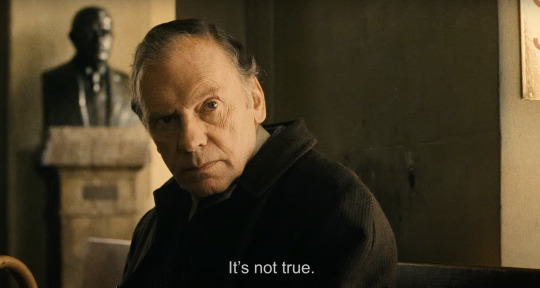
I guess my question going into this rewatch was whether the Three Colours films were the kind of glossy, superficially serious arthouse product that get great reviews at the time but fade with the passing of their moment of fashion? I hope I’ve made clear that White was in fact never that kind of film – loved it then, love it still. But Blue and Red also, I’d argue, still stand up.
*Which had me thinking: are there any living composers as famous as this guy is meant to have been? Even in France? Even in the 1990s?
3 notes
·
View notes
Text
MOVIE QUOTE OF THE DAY:
“My suitcase is missing . . . Just personal belongings. Clothes, shirts . . . To tell you the truth, my friend was inside.”
Janusz Gajos in Three Colors: White
#ThreeColorsWhite #Kieslowski #KrzysztofKieslowski
#moviequotes #moviequoteoftheday

0 notes
Video
youtube
Żółty szalik Janusz Gajos - kunszt picia wódki - kultowa scena, niebo a...
0 notes
Text
Artigo: A Trilogia das Cores, de Krzysztof Kieslowski
Depois do ensaio metafísico "A Dupla Vida de Verónique", o polonês Krzysztof Kieslowski deixou meio mundo a seus pés com um projeto ambicioso e ao mesmo tempo absolutamente simples. A sua "Trilogia das Cores" surgiu em meados dos anos 90 como um grito quase silencioso de que ainda havia lugar para a poesia, a beleza e a emoção no cinema. Dominada pelo frenético e muitas vezes descartável cinema americano, a década de 90 experimentou um novo modelo que não só reabilitou o cinema europeu mas também provou que o realismo, o drama humano e a sensibilidade do artista ainda podiam falar mais alto do que filmes baseados em orçamentos milionários e toneladas de tecnologias.

Inspirada não só nas cores da bandeira da França, mas também nos lemas da Revolução Francesa, a sua trilogia podia ser vista como um ensaio, um reflexo da visão pessoal do cineasta polonês com relação aos processos da unificação européia da época, tanto econômica quanto política. Por isso, deve ser vista na íntegra, e na sequência original, em que, como uma peça em três atos aparentemente distintos mas que se complementam no final, os três filmes apresentam personagens que protagonizam cada um dos filmes individualmente, mas interagem ao longo da trilogia, até o final arrebatador, em que serão reunidos por conta de uma tragédia com implicações simbólicas e até mesmo como metáfora da situação política da Europa refletida pela ótica do próprio Kieslowski.
Diretor de dramas pesados e intimistas, Kieslowiski adotou uma nova filosofia a partir do "Decálogo" no final dos anos 80, e a sua trilogia de cores representa o amadurecimento de seu cinema, a combinação de poesia e sensibilidade e o uso de personagens comuns como símbolos universais. Cada núcleo de história é diferente dos demais, abrangendo os lemas um de cada vez e de forma individualizada. Assim, "A Liberdade é Azul", "A Igualdade é Branca" e "A Fraternidade é Vermelha", mas na visão do maior cineasta polonês desde Polanski, tudo isso ganha um sentido mais abrangente.
A Liberdade é Azul Trois Coulers: Bleu França/Polônia, 1993. De Krzysztof Kieslowski. Com Juliette Binoche, Benoit Régent, Heléne Vincent, Florence Pernel.

O diretor Krzysztof Kieslowski com a atriz Juliette Binoche no set de A Liberdade é Azul, 1993.
Em "A Liberdade é Azul", o clima predominante é o de tragédia. Bela modelo tenta o suicídio após a morte do marido e da filha num acidente de carro. Frustrada na sua tentativa, ela redescobre um novo sentido para a vida e leva adiante o projeto do marido, que era compositor: um concerto sinfônico comemorativo da unificação da Europa. Vencedor do Leão de Ouro em Veneza, o filme aborda a tragédia pessoal para criar um roteiro envolvente, carregado de implicações existenciais e emoções intensas. O ritmo lento, aparentemente pesado do diretor acentua de tal forma o drama da personagem que o azul predominante na fotografia se torna reflexo da sua tristeza, que beira a depressão, a solidão e a amargura. Permite também à atriz Juliette Binoche uma atuação arrebatadora. A trilha sonora é uma das maiores composições já feitas pelo músico Zbigniew Preisner, habitual colaborador do cineasta.
A Igualdade é Branca Trois Couleurs: Blanc França/Polônia, 1993. De Krzysztof Kieslowski. Com Zbigniew Zamachowski, Julie Delpy, Janusz Gajos, Jerzy Stubr.
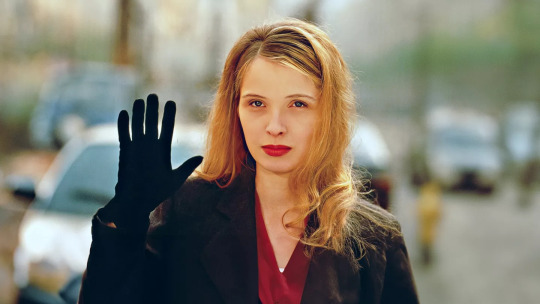
Julie Delpy em uma cena de A Igualdade é Branca, 1993.
Em "A Igualdade é Branca", os desígnios do coração movem os desejos de vingança de um humilde polonês que volta à terra natal numa mala de viagem, enriquece e arma um plano sofisticado para se vingar da esposa que o humilhou em Paris. Mergulhando fundo na alma humana, nos sentimentos de vingança e paixão, o cineasta constrói um conto de fadas às avessas, cínico e até mesmo cruel quando explora os sentimentos mais recônditos do ser humano, frutos do desprezo e da traição que ele experimenta. Tanto quanto os desejos de vingança do cabeleireiro que se torna milionário graças a métodos ilícitos, a direção sombria de Kieslowski constrói um filme seco, tão árido na emoção quanto as paisagens geladas de Varsóvia, local onde se passa a história. O frio da paisagem e a frieza dos personagens emprestam o tom à fotografia, caracterizando o vazio e o pessimismo, e a noção de que os fins justificam os meios. A igualdade de direitos para todo ser humano, segundo a visão de Kieslowiski, assume ares sombrios e cínicos.
A Fraternidade é Vermelha Trois Couleurs: Rouge França/Polônia/Suiça, 1994. De Krzysztof Kieslowski. Com Irene Jacob, Jean-Louis Trintignant, Jean-Pierre Lorit, Juliette Binoche, Zbigniew Zamachowski, Julie Delpy, Benoit Régent.

Irene Jacob, em A Fraternidade é Vermelha, 1994.
Em "A Fraternidade é Vermelha", Kieslowski surpreende já no início do filme, usando de efeitos especiais para mostrar, através dos cabos telefônicos, o trajeto de uma ligação que esbarra num telefone ocupado. É a dificuldade de comunicação entre os seres humanos em nossa época, simbolizada no sinal de ocupado de um telefone, mas também refletido no relacionamento que surge entre uma solitária modelo que mora em Genebra e um juiz aposentado e desiludido que vive recluso em casa, espionando os vizinhos través de escutas telefônicas ilegais. Incapazes de estabelecer uma comunicação a princípio, a insistência dela acaba, aos poucos, transformando a visão dele sobre si próprio, a vida e as pessoas à sua volta. A fraternidade, segundo Kieslowski, está no poder que cada ser humano tem de interferir na vida de seu próximo através da co-existência, do sentido de agir ou de não-agir, mas na cumplicidade do simples ato de existirem no mesmo espaço-tempo. O vermelho, mais presente do que o azul e o branco nos filmes anteriores, é a chama capaz de reacender a esperança diante de um novo tempo, simbolizado na cadela grávida e nos personagens que sobrevivem a um naufrágio.
Assim, ao final da trilogia, Kieslowski emenda as pontas soltas de seus dois filmes anteriores, reúne seus personagens em torno de um argumento único e concretiza de forma simpática, otimista e irônica a sua fé no ser humano e na unificação da Europa. Cada um dos filmes se baseia num jogo de interpretações entre um casal - a viúva inconsolável e o amigo do casal em "Bleu", o marido polonês e a esposa francesa traidora em "Blanc" e a modelo Valentine e o juiz aposentado bisbilhoteiro de "Rouge" -, e no carisma e no talento de três atrizes que estão entre as mais talentosas surgidas nos anos 90: Juliette Binoche, Julie Delpy e Irene Jacob.

A luminosidade dessas atrizes, além de toda a beleza que permeia a obra de Kieslowski, é responsável em grande parte pela força arrebatadora de sua trilogia, somada à direção de fotografia e à trilha sonora. A direção inspirada conduz o espectador por um profundo mergulho na alma de seus personagens, um estudo psicológico brilhante, marcado por momentos de rara poesia que somente os grandes diretores conseguem extrair de acontecimentos banais do cotidiano e a partir deles construir um painel sensível e significativo da condição humana. Seja no reencontro à distância do casal ao final de "Blanc", seja no encontro entre Valentine e o juiz vivido por Jean-Louis Trintignant em "Rouge", o resultado é sublime.
Além de tudo isso, parece que Kieslowski percebeu que "Rouge" era de fato o momento maior de sua carreira como cineasta e talvez acreditando que não poderia superá-lo, decidiu abandonar a direção. A sua morte, pouco tempo depois, em 1996, deixou uma enorme lacuna nas páginas da cinematografia, difícil de ser preenchida.
Postado no Cult Movies Multiply
0 notes
Text

Three Colours: White
(1993) - Zbigniew Zamachowski, Julie Delpy, Janusz Gajos. dir. Krzystof Kieslowski (France)
youtube
#international cinema#french cinema#krzysztof kieślowski#julie delpy#miramax#criterion collection#Youtube
0 notes
Photo
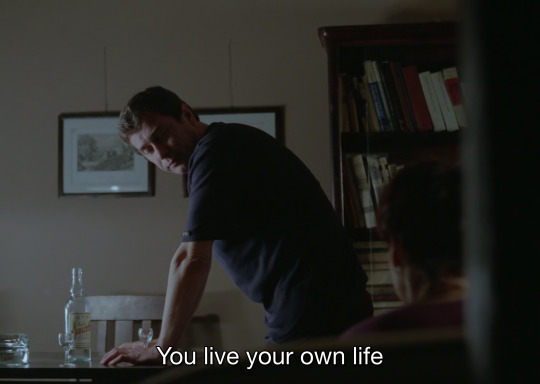
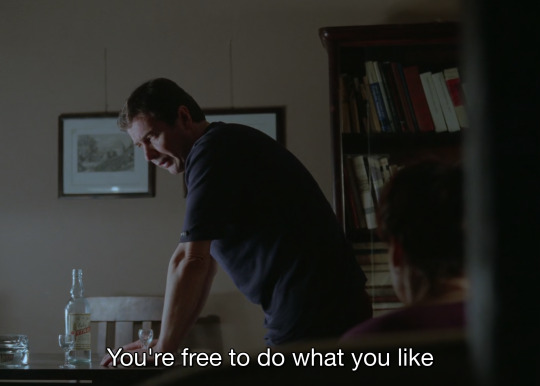
Dekalog Four, 1988
74 notes
·
View notes
Photo

“Szczęśliwego Nowego Jorku”, 1997
3 notes
·
View notes
Photo

Dekalog: Four
directed by Krzysztof Kieślowski, 1988
#Dekalog#Dekalog: The Ten Commandments#The Decalogue#Dekalog: Four#Krzysztof Kieślowski#movie mosaics#tv mosaics#Adrianna Biedrzyńska#Janusz Gajos#Artur Barciś
18 notes
·
View notes
Photo

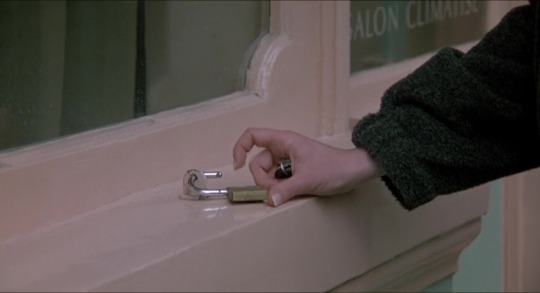

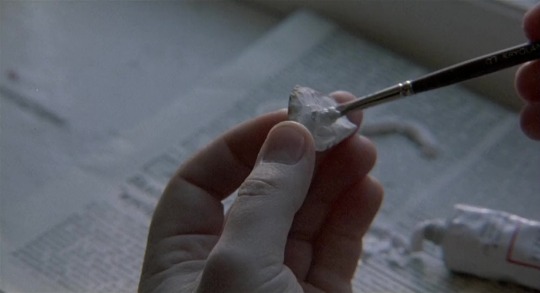

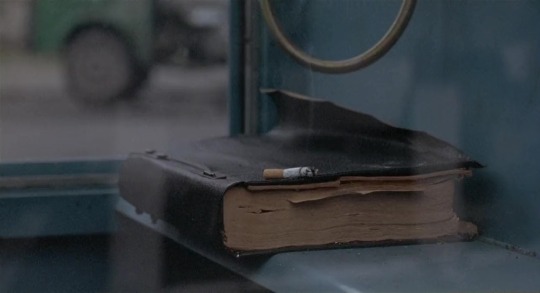


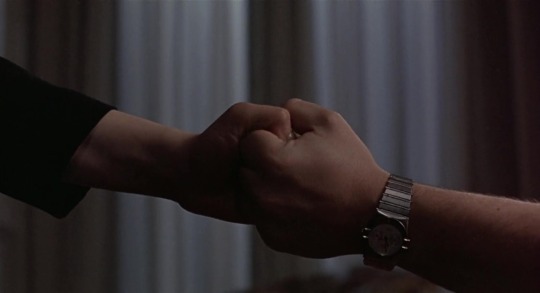
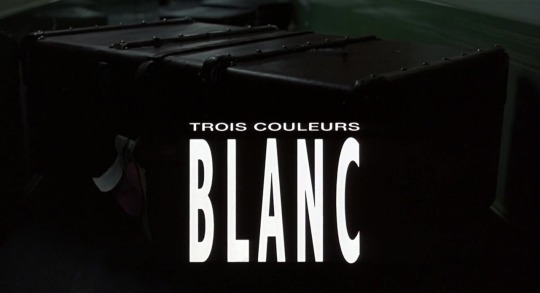
Trois Couleurs: Blanc (1994)
Directed by Krzysztof Kieslowski Cinematography by Edward Klosinski
“That was a blank. The next one's real.”
#trois couleurs: blanc#three colors#white#1994#krzysztof kieslowski#edward klosinski#julie delpy#zbigniew zamachowski#janusz gajos#jerzy stuhr#cinema#movie#film#still#frame#movie stills#movie frames#cinematography#screencaps#cinemabreak
115 notes
·
View notes
Photo
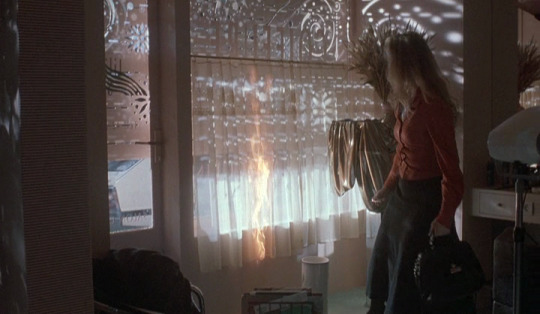
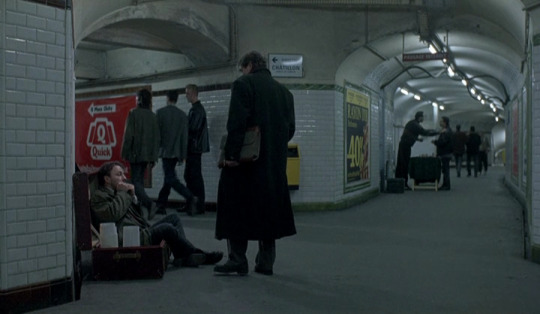
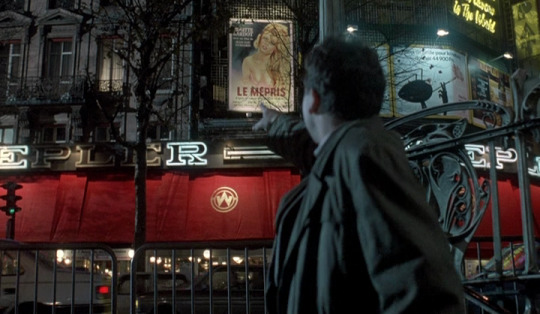
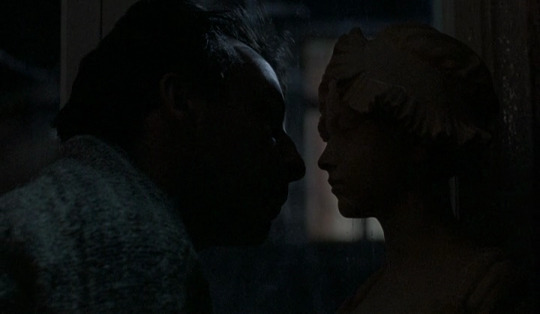
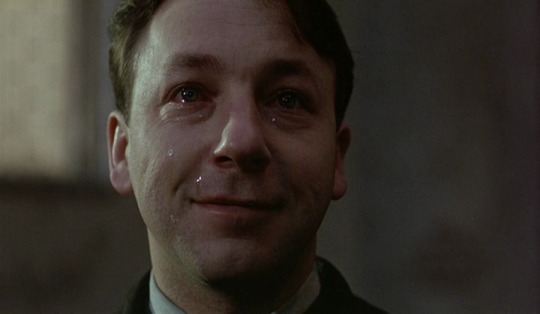
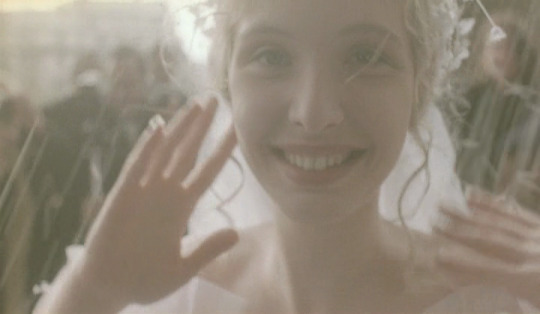
#trois couleurs : blanc#krzysztof kieslowski#zbigniew zamachowski#julie delpy#janusz gajos#three colors white
33 notes
·
View notes

